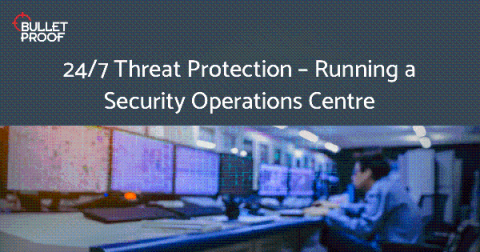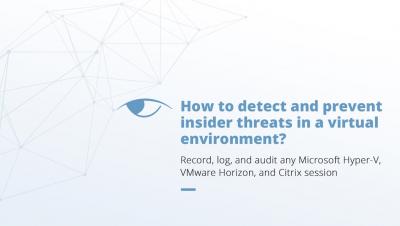Security | Threat Detection | Cyberattacks | DevSecOps | Compliance
%term
24/7 threat protection - running a Security Operations Centre
A modern dynamic business needs to be proactive about their cyber security. A data breach can be costly, with latest estimates said to be (on average) £3.18 million, and reputational damage can be even harder to recover from. Hackers can strike at anytime from anywhere in the world, which means businesses have to be on guard 24/7. This is where the Security Operations Centre (SOC) comes in.
Weekly Cyber Security News 28/02/2020
A selection of this week’s more interesting vulnerability disclosures and cyber security news. For a daily selection see our twitter feed at #ionCube24. Such a wonderful selection to pick from this week, but of course, my favourite are IoT fails. While most are quite ridiculous and generally limit the risk, a new product on the market has elevated the risk of serious damage by introducing the remote control of real fire!
Healthcare A Growing Cyber Sickness
How to record, log and audit any Microsoft Hyper-V, VMware Horizon, and Citrix session with EKRAN
Beware secret lovers spreading Nemty ransomware
Digital attackers are sending around love-themed malicious emails in an attempt to infect recipients with the Nemty ransomware. If you’ve been kicking around in the world of IT security for more years than you’d like to admit, then you’ll surely remember the ILOVEYOU virus (also known as the “Love Bug” or “Loveletter”).
What is a Data Breach and How It Can Be Cured? (Part 2)
There are several types of data or information that can be leaked during a data breach. This include: Though hackers are fast and sophisticated in their operations, nevertheless, some best practices and efficient security tools can help organizations and individuals contain this problem. Here is some help.
How to Stop Phishing Attacks: Lessons Learned From the JPMorgan Chase SOC Team
Phishing attacks aren’t going away anytime soon. The numbers from Verizon’s 2019 DBIR Report and SANS Institute prove only one thing: When you’ve done all you can to protect against phishing attacks, that means it’s time to do more.
The Relationship Between Risk Management and Process Improvement
Online payment security: 8 Steps to ensure safe transactions
Online shopping has become an increasingly popular trend in the past few years as people find it more convenient to buy from the comfort of their homes. You can get pretty much anything and everything from online stores: groceries, clothing, jewelry, electronics and other household items. Yet, we need to consider for a moment if all these online financial transactions taking place are safe – and how can we ensure our protection from online frauds such as identity theft and phishing attacks.











